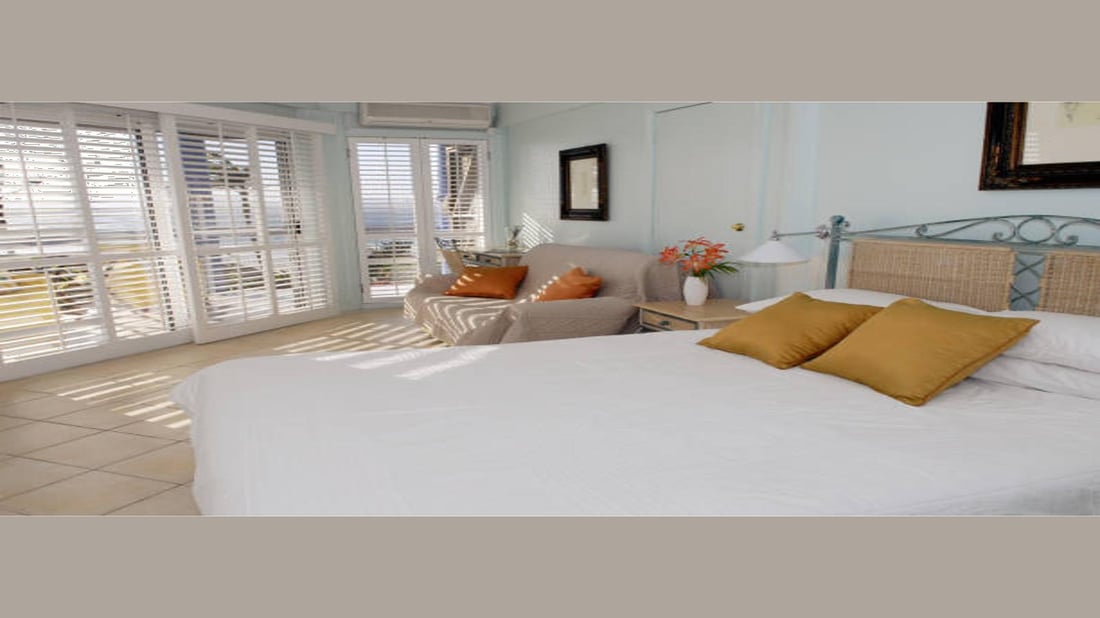The Ultimate Guide on How to fit shutters to a bay window
Bay windows are a beautiful feature in any home, providing both aesthetic appeal and functionality. If you're looking to enhance the charm and privacy of your bay window, fitting shutters is an excellent choice. Not only do shutters add a touch of elegance, but they also offer control over light and privacy. In this comprehensive guide, we will walk you through the process of fitting shutters to a bay window, covering everything from measuring to installation.
1. Understanding Bay Windows
Before we delve into the specifics of fitting shutters to a bay window, it's essential to understand the anatomy of a bay window. A bay window typically consists of three or more panels that project outward from the main wall of a room. The central panel is usually the largest, flanked by smaller side panels. This unique structure requires special consideration when measuring and installing shutters.
2. Measuring Your Bay Window
Accurate measurements are crucial for a successful shutter installation. Start by measuring the width of each individual window panel, including any trim or molding. Then, measure the height from the sill to the top of the window opening. Additionally, measure the depth of the recess to ensure the shutters fit properly. Take multiple measurements to ensure accuracy, and be sure to record the smallest dimensions to avoid any fitting issues.
3. Choosing the Right Shutter Style
When it comes to choosing the right shutter style for your bay window, there are various options to consider. Full-height shutters cover the entire window from top to bottom, providing maximum privacy and light control. Tier-on-tier shutters consist of two separate panels, allowing you to open the top and bottom sections independently. Alternatively, you can opt for café-style shutters that cover only the bottom portion of the window, offering privacy while still allowing light to enter from the top.
4. Selecting the Material
The material of your shutters plays a significant role in their durability and appearance. Common materials for shutters include wood, vinyl, and composite. Wood shutters offer a timeless and natural look, but they require regular maintenance. Vinyl shutters are more affordable and low-maintenance, making them a popular choice. Composite shutters, made from a combination of wood and synthetic materials, offer the best of both worlds – durability and ease of maintenance.
5. Considering Mounting Options
When fitting shutters to a bay window, you have several mounting options to choose from. Inside mount is the most common method, where the shutters are installed within the window recess. This option provides a clean and streamlined look, but it may reduce the amount of light entering the room. Outside mount, on the other hand, involves installing the shutters on the wall surrounding the window. This option allows for more light and a larger view, but it may cover some of the window trim.
6. Preparing the Shutters for Installation
Before installing the shutters, it's essential to prepare them properly. If you've chosen wooden shutters, you may need to sand and paint or stain them according to your preference. Vinyl and composite shutters usually come pre-finished, but you can still clean them and make any necessary adjustments. Ensure that all hardware, such as hinges and screws, are included and in good condition.
7. Installing the Frame
The frame provides the foundation for your shutters, so it's crucial to install it correctly. Start by placing the frame components in the desired position, ensuring they are level and plumb. Secure the frame to the window opening or wall using screws or brackets, following the manufacturer's instructions. Double-check the measurements and alignment before moving on to the next step.
8. Attaching the Shutter Panels
With the frame in place, it's time to attach the shutter panels. Each panel should align with the corresponding window panel. Secure the panels to the frame using the provided hardware, such as hinges or pivot pins. Test the functionality of the shutters by opening and closing them to ensure smooth operation. Make any necessary adjustments to achieve a perfect fit.
9. Adding Finishing Touches
Once the shutters are securely in place, it's time to add the finishing touches. Conceal any visible screws or brackets using caps or covers that match the color of your shutters. Clean the shutters thoroughly to remove any dust or debris accumulated during the installation process. Admire the transformation of your bay window and enjoy the newfound privacy and elegance.
10. Maintenance and Care
To keep your bay window shutters in excellent condition, regular maintenance is essential. Dust the shutters regularly using a soft cloth or a duster. For more thorough cleaning, use a mild detergent or specialized shutter cleaner. Avoid using harsh chemicals or abrasive materials that may damage the finish. Additionally, inspect the shutters periodically for any signs of wear or damage, and make any necessary repairs promptly.

